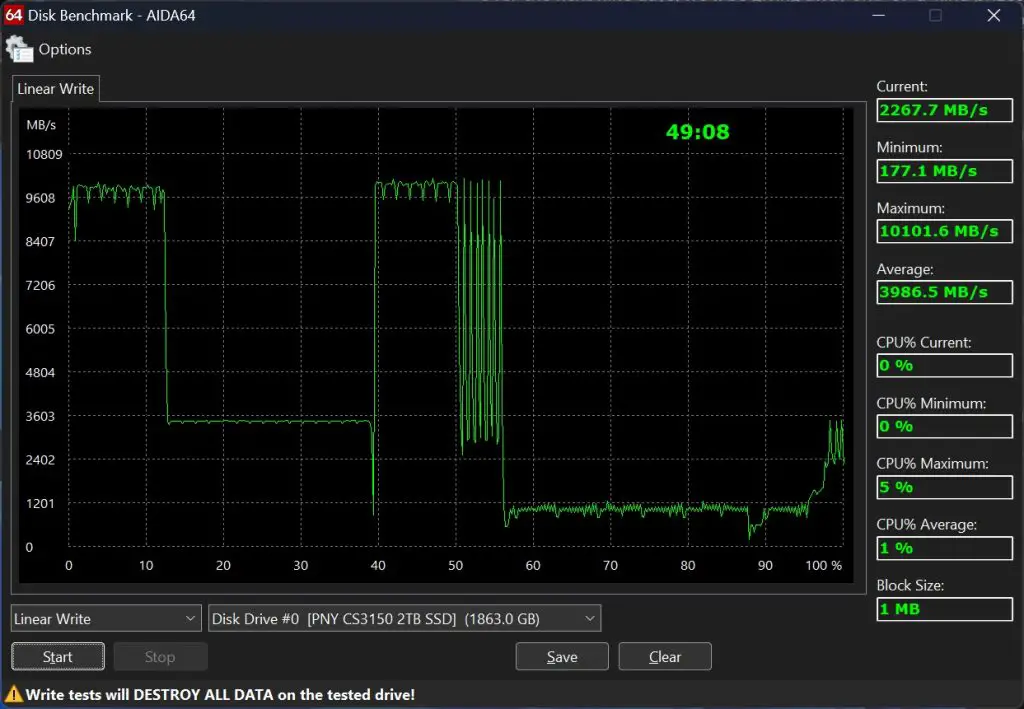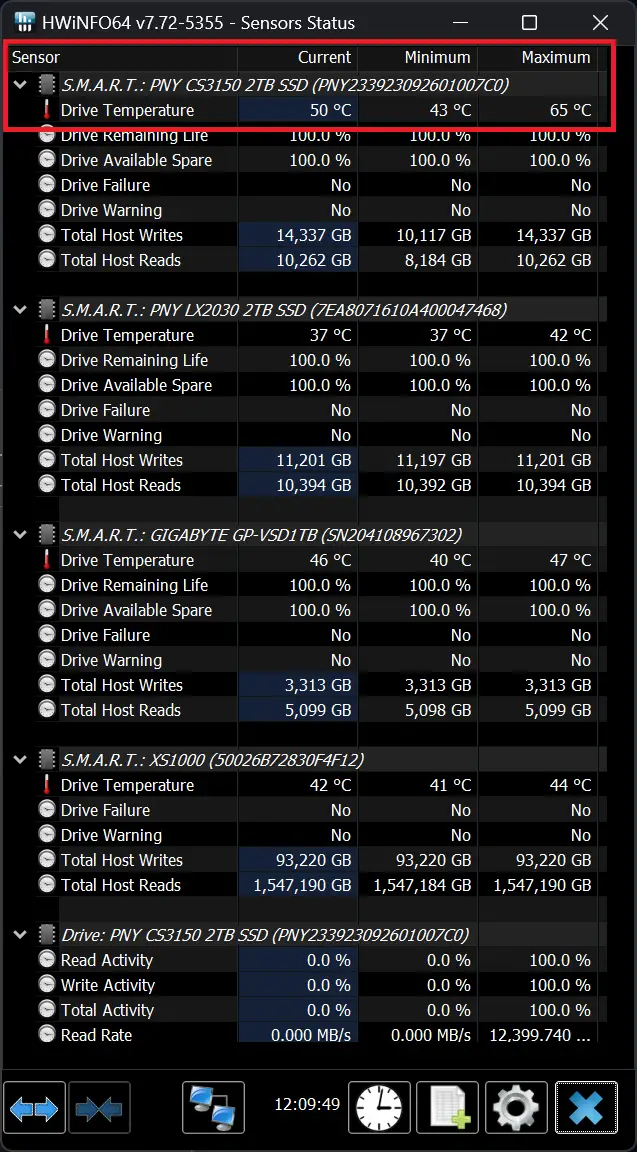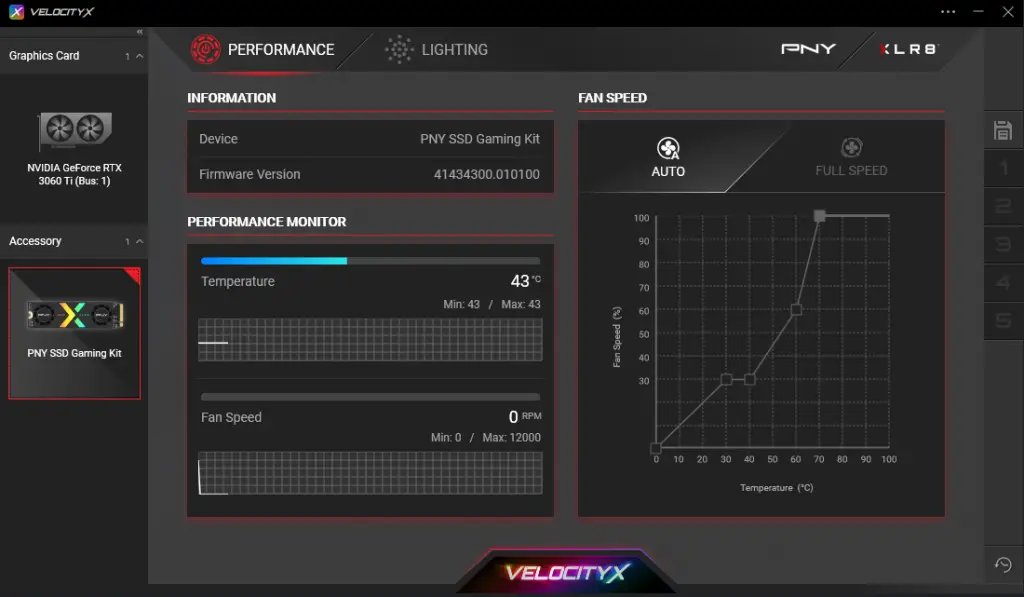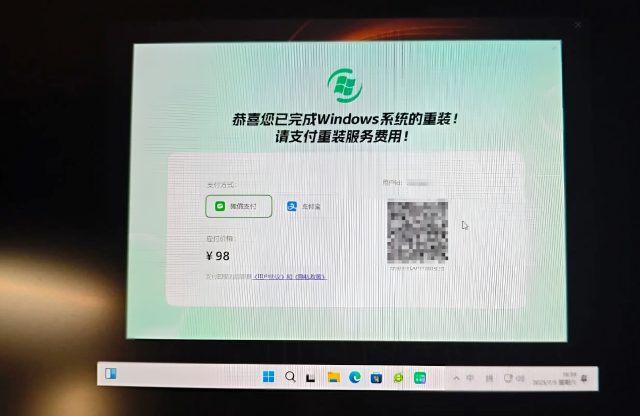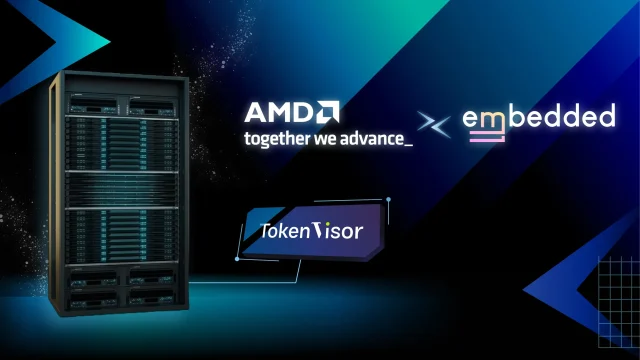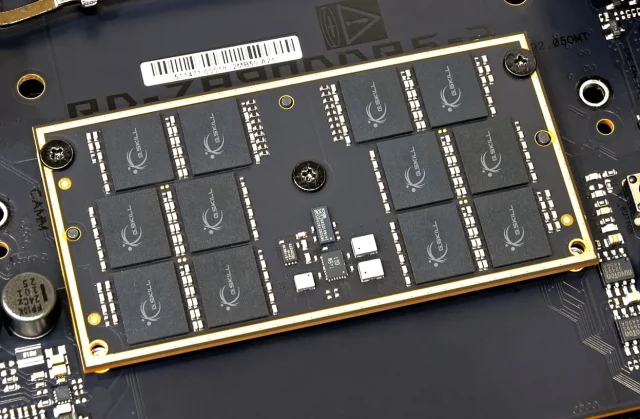In the ever-evolving world of storage technology, brands continue to push the boundaries of speed and it didn’t take long for us to finally reach the five figures sequential read and write speed benchmark. With both AMD and Intel introducing their latest platform with PCIe 5.0 support, we’re able to experience something that is even faster than PCIe Gen4 SSDs.
Today, we delve into the performance of the PNY XLR8 CS3150-XHS M.2 NVMe 2TB SSD, a promising contender in the high-speed storage market. With impressive specs and the potential to redefine your data management experience, let’s explore whether this SSD lives up to the hype.
Specifications
| Capacities | 1TB / 2TB |
| NAND Components | 3D Flash Memory |
| Interface | PCIe Gen5 x4 NVMe 2.0 |
| Form Factor | M.2 2280 |
| Package Dimensions (L×W×H) | 155.9x 55.1x 39.8 mm |
| Product Dimensions (L×W×H) | 76 x 23.5 x 17.5 mm (Max) |
| Weight | 53g |
| Max Sequential Read* | 1TB: up to 11,500 MB/s 2TB:up to 12,000 MB/s |
| Max Sequential Write* | 1TB: up to 8,500 MB/s 2TB:up to 11,000 MB/s |
| Power Connector for Heatsink Fans | 9-pin (USB) Power Connector |
| PCIe Link Power Management | S0/PS1/PS2/PS3/PS4,APST, ASPM, L1.2 |
| Operating Temperature | 0°C ~ 70°C |
| Storage Temperature | -40°C ~ 85°C |
| MTBF | 1,600,000 Hours |
| Error Correction Code | LDPC (Low Density Parity Check) ECC Algorithm |
| Product Health Monitoring | Self-Monitoring, Analysis and Reporting Technology (S.M.A.R.T.) |
| Performance Optimization | TRIM (requires OS support) |
| Warranty | 5-year Limited Warranty |
Unboxing
This slideshow requires JavaScript.
The CS3150-XHS ships in a hard cardboard box packaging, tightly fitted in between a thick foam protector as the extra protection for the SSD. There’s no other accessories included in the box side from the SSD itself.
This slideshow requires JavaScript.
Design-wise, the CS3150-XHS comes equipped with a dual-fan heatsink as the cooling solution but what really caught our attention is actually the onboard internal-USB header that is used for powering the fans and the RGB lightings on the heatsink. Other than supplying power to the RGB lighting and fans, PNY is making use of the USB communication to allow users to control the RGB lightings and fan speed using its Velocity X utility – a rather neat solution I must say.
As it has two active fans on the heatsink, the CS3150-XHS has a much more compact dimension as compared to some of the PCIe Gen5 SSD that comes with passive cooling solutions – big heatsinks which reminds me of the motherboard Northbridge cooler back in the days.
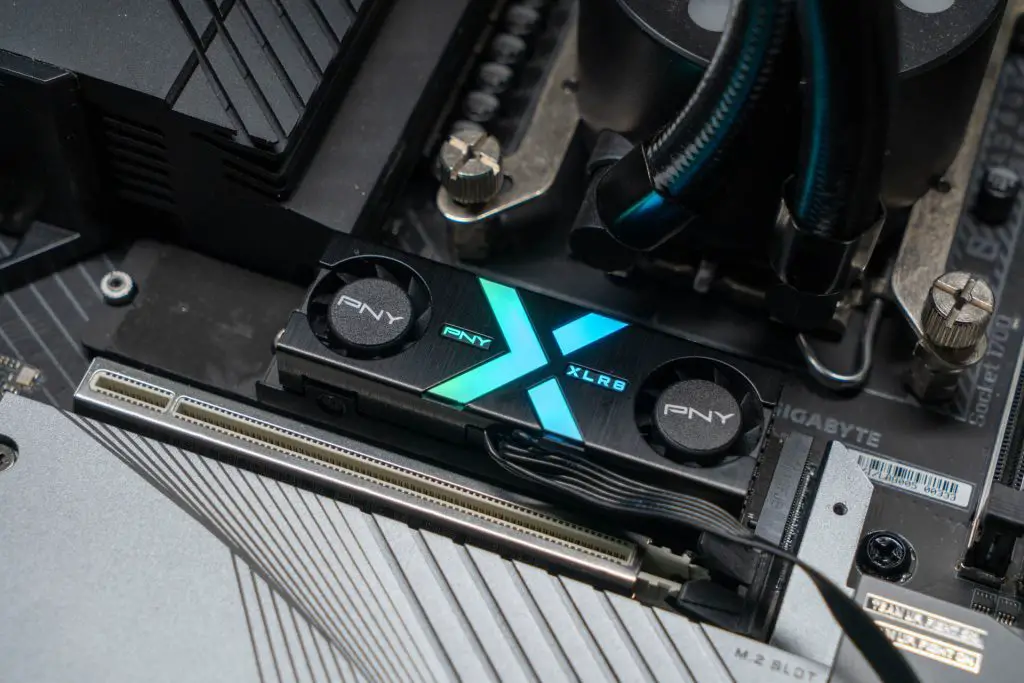
As for the components, the CS3150-XHS is equipped with the Phison PS5026-E26 PCIe 5.0 controller, paired with 232-layer 3D TLC NAND from Micron, and a 4GB DDR4-4266 from SK Hynix. This is actually a rather common combo we’ve seen nowadays on PCIe Gen5 SSDs.
Benchmarks
For the benchmark, we’ve tested the CS3150-XHS using the following specs to eliminate any potential bottleneck:
| CPU | Intel Core i9-14900K |
| Motherboard | ASUS ROG Maximus Z790 APEX ENCORE |
| Memory | KINGSTON FURY RENEGADE DDR5-7200 48GB |
| Graphics Card | NVIDIA GeForce RTX 4070 |
| Power Supply | Cooler Master M2000 Platinum |
| Primary Storage | PNY LX2030 2TB SSD |
| CPU Cooler | Cooler MasterLiquid PL360 Flux |
| Chassis | Cooler Master MasterFrame 700 |
| Operating System | Windows 11 Pro 64-bit 22H2 |
We collected performance data using popular benchmarking tools such as CrystalDiskMark, ATTO Disk Benchmark, and AS SSD Benchmark to establish the base performance metrics, as shown below:
This slideshow requires JavaScript.
The data reveals that the CS3150-XHS achieves an impressive sequential read and write performance of up to 12,000MB/s, which is slighty higher than the stated speed on the official specifications.
In the linear write test conducted with AIDA64, the SSD demonstrates write speeds of up to 10101MB/s. We can see a significant drop in performance at around 12% mark, indicating that the cache has reached its limit. This is a heavy write test that push the SSD cache management to its limits.
The cache clearing process is noted in about the 39% mark until the 56% mark where the cache is at its limit. The write performance stays at around 900-1200MB/s range until about 95% mark where it slowly rises again until the end of the test.
As for the temperature during operation, the highest temperature recorded during our linear write test benchmark is at 65°C, which is actually lower than a handful of PCIe Gen5 SSD that we have come across.
Most of the SSD with fans on its heatsink will give out a high-pitched hum when it’s running at full speed, on the other hand, the CS3150-XHS is surprisingly quiet. The radiator fans on our CPU cooler is actually louder that both the fans on the SSD running at full speed.
The best thing about the CS3150-XHS is that unlike some of the PCIe Gen5 SSD with cooling fan(s), the power source for the RGB lighting and the cooling fans comes from the onboard USB header, which makes cable management much easier compared to those that requires a SATA cable to power up the fan. So, hats off to PNY for this thoughtful design.
Should you buy the PNY XLR8 CS3150-XHS M.2 NVMe 2TB SSD?
Performance-wise, there’s nothing to complain about the CS3150-XHS. The up to 12 GB/s claim is accurate as according to the test results we have done and even after the SLC cache hits its limit, we are still getting write speed that is easily two to three times faster than a SATA SSD. No thermal throttle throughout our test even when we’re on 10,000 MB/s write. The fan noise is somewhat bearable and best of all, the fan would stop spinning when the SSD cools down to around 40°C.
Aside from the performance, what really makes the CS3150-XHS different from the rest of the PCIe Gen5 SSDs we have tested so far is the cooling solution PNY has presented on this SSD. The use of motherboard’s internal USB header is a brilliant design that not only supplies power for both the RGB lighting and cooling fans on the heatsink, it also allow users to customize the lightings and fan speed using PNY’s Velocity X utility.
For the price of $300 (2TB), it’s definitely on the higher side especially when PCIe Gen4 SSDs are getting more affordable. That’s the price you’ll need to pay for bleeding edge technology. If you’re in the market looking for the best PCIe Gen5 SSD that has both the speed and cooling solution, the PNY XLR8 CS3150-XHS should be in your shopping list.


